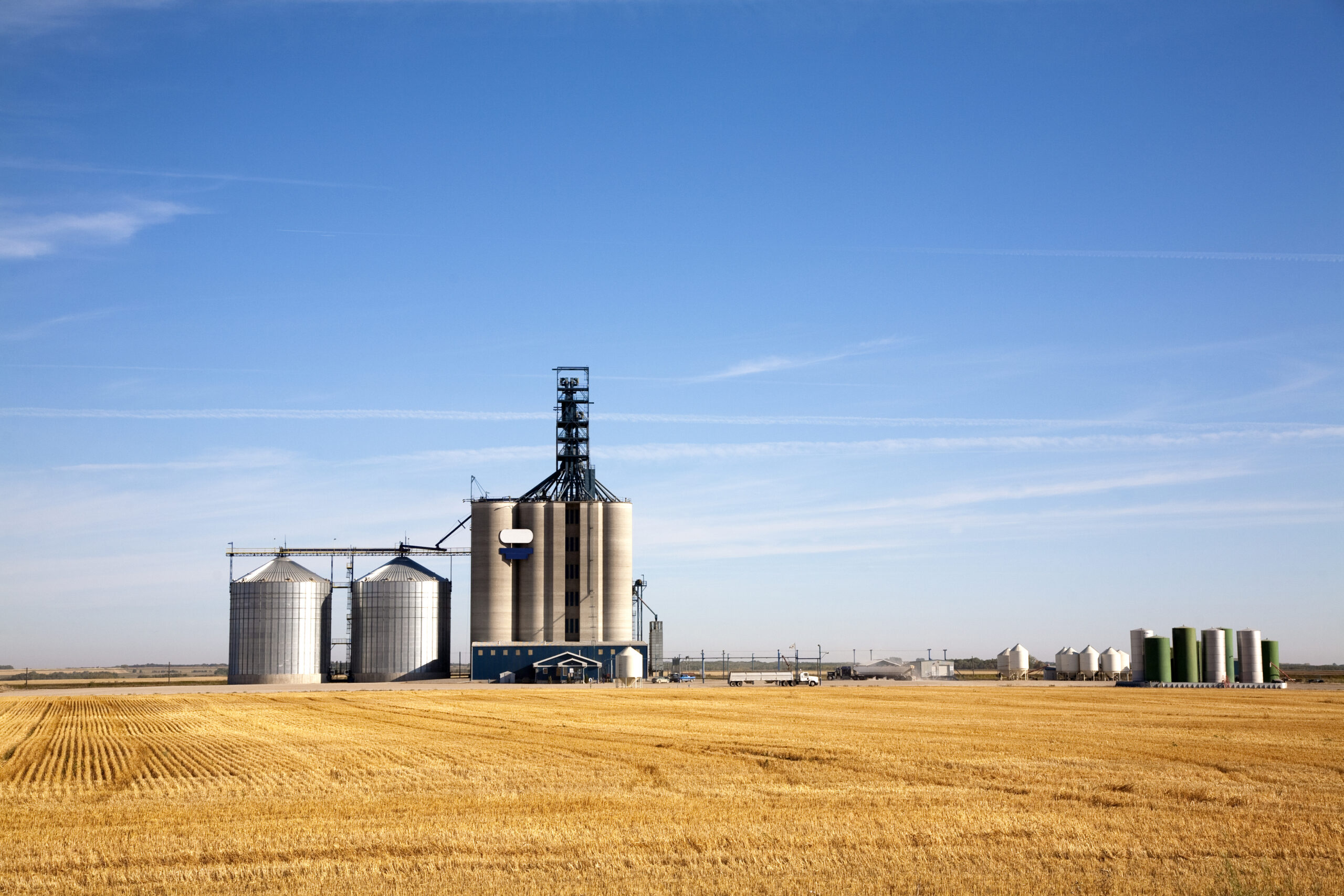By G. Chandrashekhar
April 2024
It is that time of the year when the harvest of India’s Rabi crops (mainly wheat, rapeseed, chickpea, and lentil planted in November and December) has begun. Before examining the crop data, a bit of background including what I had said in my November 2023 report would be in order.
Planting of India’s Rabi crops started amid acute moisture stress in large parts of the country. The visible signs of El Niño’s adverse effect did not bode well for planting. Deficient winter rains worsened the dry conditions in December and January.
Here is a snapshot of area planted, targeted production, and estimated production for 2023/24 Rabi pulse crops with comments from the author.
Planted area, production target, and production estimate of major pulses for Rabi 2023/24 season compared to the previous year
| Crop | 2023 Area (million hectares) | 2023 Production (million tonnes) | 2024 Area (million hectares) |
2024 Production Target (million tonnes) |
2024 Production Estimate (million tonnes) |
|---|---|---|---|---|---|
| PULSES | 16.6 | 16.4 | 16.0 | 18.2 | 16.3 |
| Chickpea (chana) | 11.1 | 12.3 | 10.5 | 13.6 | 12.2 |
| Lentil (masur) | 1.8 | 1.6 | 2.0 | NA | 1.6 |
| Field Pea (matar) | 1.0 | NA | 1.0 | NA | NA |
| Others | 2.7 | 2.5 | 2.5 | NA | 2.5 |
NA = Not Available
Source: Government of India
As can be seen, total area planted to pulses has declined by 0.6 million hectares this Rabi season, mainly because of lower planting of chickpeas (chana). A 10% rise in lentil area has not had any marked expansion in harvest size. In field pea, planted area is officially estimated but not production.
My own estimate of field pea production is 0.5 to 0.7 million tonnes (MT). Others include production of Rabi Urad (Black matpe) estimated at 0.5 MT and Moong 0.1 MT.
In case of chickpea (chana), I am convinced the government estimate is overstated like last year. My estimate is between 10.8 and 11.3 MT. Remember, even last year, the government finally reduced its production estimate from 13.6 to 12.2 MT.
India’s Rabi pulses production has fallen well short of the target and nearly unchanged from last year. In Kharif season too, at 7.1 MT, production had fallen well short of the 9.1 MT target and below last year’s 7.6 MT.
It is no wonder that supply-demand fundamentals have tightened further and prices have escalated much to the consternation of policymakers. Concerned over shortages and rising prices, the government has made multiple interventions. Strict stock limits have been imposed on value chain participants and are being monitored regularly. Official warnings of penal action for breach of stock limits are also heard from time to time.
To address the shortage, import of pigeon pea (tur/arhar), black matpe (urad), and lentil (masur) has been allowed free until March 2025. In a surprise, yet palpably desperate move in early December, the government lifted the quantitative and tariff restrictions on yellow peas and allowed free import until March 2024. The time limit for cargo arrival in Indian ports has now been extended to April 2024. Approximately 800,000 tonnes of yellow pea is expected to reach India.
With general elections to be held during April and May, food inflation and measures to contain price rise is on top of policymakers’ agenda. India will have a new government by early June.
Where do we go from here? What’s the outlook for the next six months? By April, the actual harvest size and the extent to which less-benign weather has impacted crops will be known. For the next six months, weather holds the key. El Niño is fading rapidly, making way for El Niño-Southern Oscillation (ENSO) neutral conditions until September. There is talk of La Niña returning by the last quarter of this year.
India’s aggregate pulse imports in the current year are estimated to reach a recent new high of 4.5 MT and upwards, propelled higher by lentils and yellow pea, in addition to pigeon pea and to a lesser extent urad.
Be that as it may, forecast of Southwest monsoon by India Meteorological Department by end-April will provide some directional guidance for the market. India cannot afford one more year of bad crops.
As per official data, pulse production has fallen from the high of 27.3 MT in 2021/22 to 26.1 MT in 2022/23 and further down to 23.4 MT in 2023/24. In reality these numbers may be even lower. Planted area for pulses is nearing a saturation point. Climate is taking a toll on Indian agriculture in general, and pulses in particular.
If Indian policymaking continues to follow a “business-as-usual” approach, the country will continue to remain in the import market in the foreseeable future.
Finally, a question doing the rounds of the market is whether the Indian government will extend the free import policy for yellow pea after April 2024. Another question is whether import of chickpea will be allowed.
To both questions, my answer is that the incoming government in June may take some time to settle down and to assess the situation. Forecast of Southwest monsoon, its onset by early June, and progress over the following 8 weeks will be the key event to watch. Any decision to further liberalize import may be taken in September after assessing the next Kharif crop prospects and food prices prevailing then.
G. Chandrashekhar is a Mumbai-based Economist, Senior Editor and Policy Commentator with agribusiness and commodity markets specialization. He provides policy inputs for the Indian government. Views are personal. He can be reached at gchandrashekhar@gmail.com.



